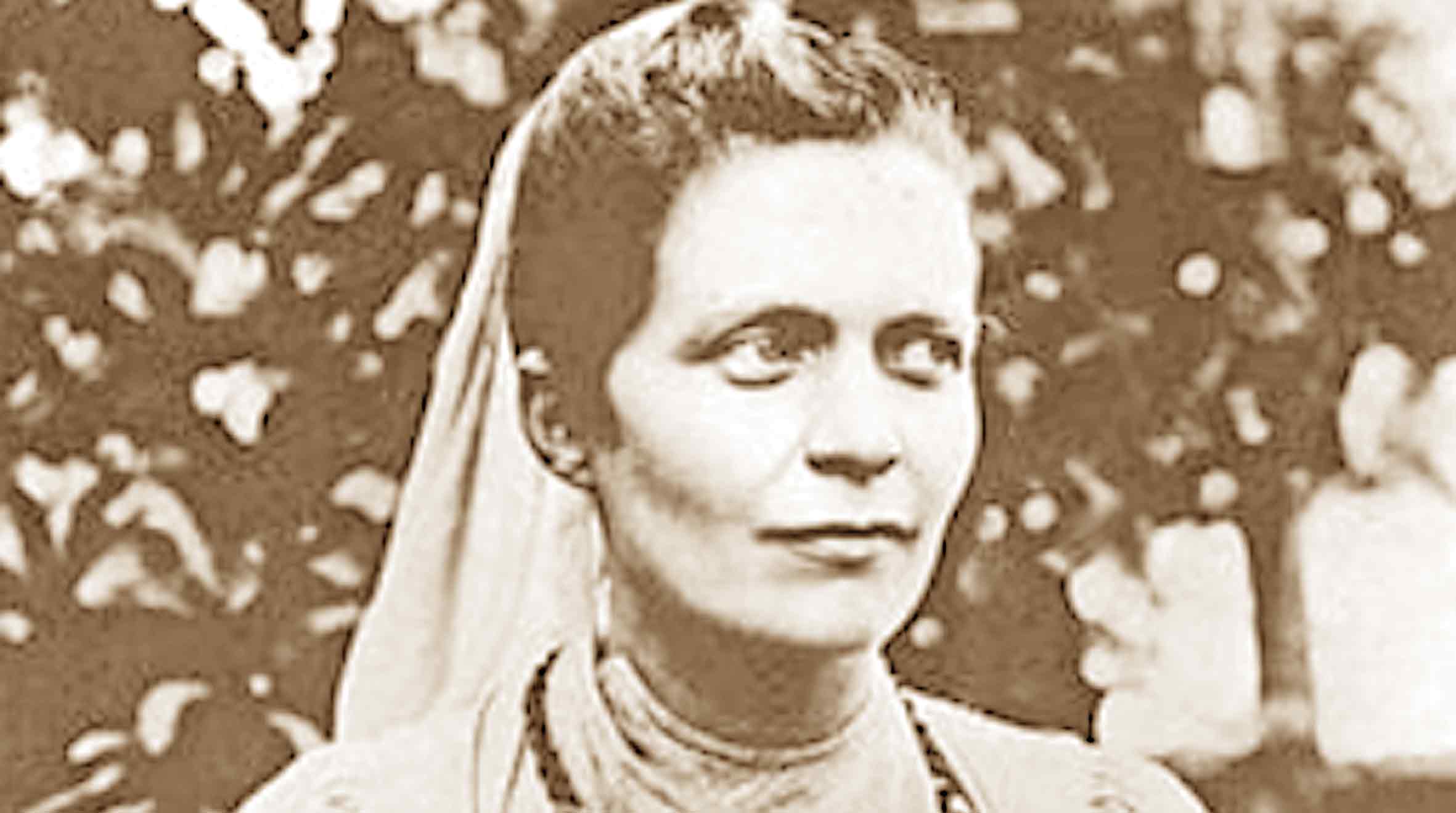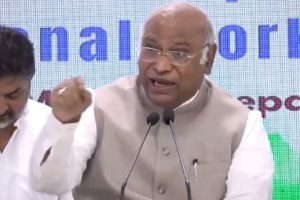We belong to an era where humanism is almost a misnomer. Crass commercialism, fathomless greed, cruel selfishness, omnivorous consumerism etc. define modern life in our country that is largely fed and nourished by the lifestyles and practices of western countries where pursuit of materialism reigns supreme. Indeed, we Indians, particularly the educated and the professional classes are literally aping the West and as a consequence, we notice a rapid and steady erosion of filial and societal norms. Hedonism is the guiding principle of many Indians.
Everyday newspapers come out with screaming headlines featuring thefts, murders, rapes, kidnappings, extortions, smuggling, terrorism, violations of laws and rules, criminals becoming public heroes, mafia gangs looming large with a halo of public acclaim. Our traditional social and family values that had for centuries acted as a binding force to promote harmony, better understanding, cohesiveness and warmth of human relationships are being brushed aside. A no-holds-barred currency-chasing mentality has usurped every space of Indian life. Finer faculties of the human mind now-a-days are looked upon as being out of sync with the prevalent mood and attitude. Selfless sacrifice is routinely derided as the hangover of a backdated psyche. Arcane forces of blind dogmas, religious fundamentalism, hatred, intolerance are tearing asunder the social, familial and ethical fabric.
Advertisement
In such a bleak scenario, it will be appropriate to recall the ideals, activities, humanistic qualities of Sister Nivedita, in the year of her 150th birth anniversary. Born Margaret Elizabeth Noble on 28 October 1867 to Mary Isabel and Samuel Richmond in Northern Ireland, the teacher, social worker, thinker and reformer who would come to be known as Sister Nivedita, loved and served our country with single-minded dedication and devotion in a quiet, self-effacing manner.
Noble’s maternal grandfather was a revered member of the Irish national movement. But her early life was spent in considerable deprivation following her father’s sudden demise when she was only 10 and for which she had to be admitted to a charitable boarding school in northern England. At 17, she had to start working as a teacher to support her mother and younger siblings. By 25, she started her own school in Wimbledon and quickly acquired a reputation as an experimental educationist influenced by ideas popular in continental Europe at that time, including those of Friedrich Froebel, father of the kindergarten concept. Her success led her to be in contact with London’s intellectual circles.
In November 1895, in what turned out to be a pivotal moment in her life, she was invited to a private gathering in the drawing room of an aristocratic family in London to hear a 32-year-old Hindu monk who only two years back created quite a storm in the parliament of world religions in Chicago, USA and had gathered considerable name and fame in America ever since.
The personality of Swami Vivekananda, the Hindu monk from Calcutta, drew Margaret like a magnet. In her reckoning she was face-to-face with a majestic personage, clad in a saffron gown with a red waist-band and imbued with a deep, sonorous voice, sitting majestically on the floor, cross-legged. As she recounted later: “I had recognised the heroic fibre of the man, and desired to make myself the servant of his love for his own people. But it was his character to which I had thus done obeisance.” But the first meet was not enough for her; she was unconvinced.
She attended Swamiji’s several other lectures and did not hesitate to ask a lot of questions which Vivekananda answered with brilliant logic and anecdotes and all her doubts receded into oblivion and her faith and reverence for the great preacher was established. Vivekananda’s principles, wisdom, ideals and teachings deeply touched the chord of her rational, pure, sensitive and sensible mind and this brought about a visible change in her. Swami Vivekananda was also greatly impressed by her passion and resolve and he could foresee her future role in India.
Responding to Vivekananda’s call, Margaret decided to travel to India leaving behind her family including her mother and friends. She boarded the ship Mombasa and reached Calcutta on 28 January 1898. Thus began the process of her knowing the real India. For nine months at a stretch, she was imparted intensive training by Vivekananda. After being initiated into a life of lifelong celibacy, spirituality and service to mankind in March that year, she was given the name “Nivedita”- the dedicated one, by Swami Vivekananda.
Introducing Sister Nivedita to a public meeting in Calcutta at Star Theatre on 11 March, Vivekananda said, “England has sent us another gift in Margaret Noble”. In that meeting Nivedita expressed her resolve to serve India and its people all her life. During her five-month sojourn covering northern and western parts of India in the hallowed company of Vivekananda, Josephine Mcleod and Sara Bull, Nivedita learnt from Vivekananda finer aspects of religion, ethnology, history and geography. Nivedita also utilised the opportunity to connect to Indian masses, culture, diversity and life.
Nivedita noted that her mentor was fascinated by India’s long history and all the diverse elements that were interwoven in its tapestry. In her book In The Master As I Saw Him, she wrote: “In these talks of his, the heroism of the Rajput, the courage of the Mahratta, the devotion of the saints, and the purity and steadfastness of noble women, all lived again. Nor would he permit that the Mohammedan should be passed over. Humayoon, Sher Shah, Akbar, Shah Jehan, each of these, and a hundred more, found a day and a place in his bead-roll of glistening names.”
Vivekananda was an absolute secularist. So was his disciple, Nivedita. In today’s India, when secularism is being winked at by vested interests undermining the nation’s unique ethos of “unity in diversity “, the ideals of secularism radiated by Vivekananda and Nivedita could be truly effective to corner the forces of obscurantism and intolerance. Within a few days of her arrival in India, Nivedita met Sarada Devi, wife and spiritual consort of Ramakrishna, who would always call her “khooki” (little girl), which a Bengali mother does to her girl child even to this day. To Nivedita, Sarada Devi was mother. She remained a close associate of Nivedita till she died in 1911.
In November 1898, she started at her home, 16, Bosepara Lane in the orthodox Bengali neighbourhood of Baghbazar, a school for girls from orthodox families, when child marriage was widespread and girls hardly received formal education. She was inspired by her Master’s call for spread of women’s education in most backward India and helped by him in her efforts. She literally moved from door to door to beg for students from the neighbourhood. She also went to America on a fund-raising mission for her school. The school activities gave an encouragement to nationalistic consciousness.
“Vande Mataram”, banned by the British, was the opening prayer song. The school would celebrate release of freedom fighters from jails. Nivedita would take her senior students out to enable them to listen to the speeches of great leaders of the Indian freedom movement to inculcate in them these values. She was an overt champion of India’s freedom movement and her activities involving spirituality never stood in her way. In this respect, she surpassed her guru whose deep-rooted patriotism and lofty ideals would always seem to be detached from direct political interface. Nivedita wholeheartedly hailed the Swadeshi Movement in 1905.
The plague epidemic hit Calcutta in 1899. Nivedita spent days and nights ceaselessly nursing and taking care of patients, cleaning rubbish from Calcutta streets, taking grave personal risks, motivating many youths to render voluntary service, inserting appeals for help in English newspapers including The Statesman with a request for financial help. Nivedita progressed from Vivekananda’s concept of man-making to nation-building. Nivedita wrote extensively on Indian nationhood, arguing that India was a synthesis and the story of its analysed fragments, racial, lingual or political, could never be its true story.
She plunged headlong into many aspects of national awakening. Her Baghbazar residence was a rendezvous of sorts for eminent Indians of the time, such as Rabindranath Tagore, Jagadish Chandra Bose, Gopal Krishna Gokhale, Rash Behari Ghosh and Aurobindo Ghosh. Gokhale felt visiting Nivedita was “like coming in contact with some great force of nature”. The great Tamil nationalist poet Subramania Bharati commented she “taught me to love my country”.
It is amazing to note that she was the first to have conceived and designed an emblem and a flag for the Indian nation way back in 1905. This emblem was displayed at an exhibition organised by the Indian National Congress in 1906 in Calcutta. Jagadish Bose made it the emblem of his Bose Institute in Calcutta.
Nivedita was a prolific writer. Her book The Web of Indian Life is an amazing account of India’s life, history and perspective in all its hues. How a foreigner could be so much knowledgeable about India is not easy to comprehend. She was the first to translate some of Tagore’s short stories in English and compiled them in a book. Integration of India was uppermost in her mind. She said, “India is one, and she is one and shall be one.” Her numerous write-ups in prominent Indian dailies and journals on burning topics acted as a catalyst in rousing patriotic feelings and aided revival of art and culture, development of modern sciences and education. The Bose Institute in Kolkata, founded by Jagadish Bose, who was immensely helped by Nivedita by way of funds, editing, international exposure etc. bears testimony to her great efforts. She also rallied support of some of the world’s best minds for J.N. Tata’s proposal of founding a research institute of science and humanities, the Tata Institute, which would later become the Indian Institute of Science in Bengaluru.
Nivedita was a great upholder of Indian values and tradition. She was a true champion of India’s freedom struggle. Although hailing from a distant land, she considered India to be her motherland. She had support and affection for Indian revolutionaries, who believed in armed struggle to free the subjugated country from foreign yoke. She was a relentless crusader against superstitious beliefs and a champion of women’s empowerment by spreading the cause of education.
Her writings have been compiled in Collected Works Of Sister Nivedita in five volumes. Deeply spiritual, committed to Swami Vivekananda’s glistening ideals and India’s cause and ethos, this extraordinary lady breathed her last on 13 October 1911, aged 43, in Roy Villa, Darjeeling. “Here reposes Sister Nivedita who gave her all to India” are the words inscribed in her epitaph. The memorial lies neglected and dilapidated and points to the demeaning attribute of an ungrateful populace.
The writer is a retired official of a nationalised bank.











